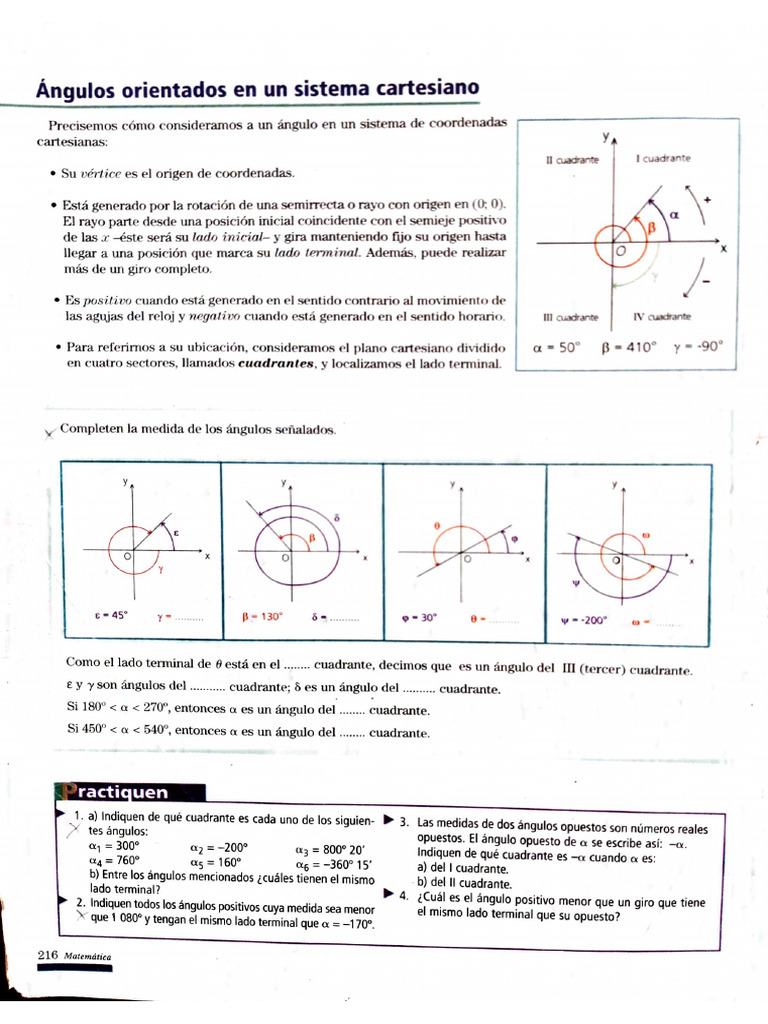Ghost Ant Traps
Ghost ants, scientifically known as Tapinoma melanocephalum, are tiny, nearly translucent pests that can quickly become a nuisance in homes and businesses. Their small size and ability to form multiple colonies make them challenging to control. Effective ghost ant traps are essential for managing infestations, but understanding their behavior and the right trapping methods is crucial. This article delves into the biology of ghost ants, their infestation patterns, and the most effective trapping strategies to eliminate them.
Understanding Ghost Ants: Biology and Behavior
Ghost ants are among the smallest ant species, measuring just 1.3 to 1.5 mm in length. Their pale, almost transparent bodies and dark heads give them a “ghostly” appearance. These ants are tropical in origin but have spread globally, thriving in warm, humid environments. They are polygynous, meaning multiple queens can exist within a single colony, which allows them to grow rapidly and form satellite colonies.
Ghost ants are highly adaptable and can nest indoors in wall voids, potted plants, and even behind baseboards. Their ability to exploit multiple food sources, from sweets to proteins, makes them particularly difficult to eradicate.
Signs of a Ghost Ant Infestation
Identifying a ghost ant infestation early is key to effective control. Common signs include:
- Sightings of tiny, pale ants near food sources or windowsills.
- Trails of ants leading to or from cracks and crevices.
- Presence of aphids or other insects, as ghost ants farm them for honeydew.
Types of Ghost Ant Traps
1. Bait Traps
Bait traps are the most effective method for controlling ghost ants. These traps use a combination of attractants (sweet or protein-based) and slow-acting insecticides. The ants carry the bait back to the colony, eliminating the queen and workers over time.How to Use Bait Traps:
- Place traps near ant trails or suspected nesting sites.
- Use both sweet and protein baits to target different foraging ants.
- Avoid using sprays or repellents near bait traps, as they can deter ants.
2. Sticky Traps
Sticky traps are non-toxic and can capture ghost ants as they forage. While they don’t eliminate the colony, they help monitor infestation levels and reduce ant populations.Pros: Safe for use around children and pets, easy to place.
Cons: Ineffective for large infestations, does not target the colony.
3. Homemade Traps
DIY traps using sugar, borax, and water can be effective for small infestations. The borax acts as a toxin, while the sugar attracts the ants."Homemade traps are a budget-friendly option but require consistent replacement and may not reach the entire colony."
Best Practices for Ghost Ant Control
Sanitation
Eliminating food and water sources is critical. Wipe down surfaces, store food in airtight containers, and fix leaky pipes to make your space less attractive to ants.Exclusion
Seal cracks, gaps, and entry points using caulk or weatherstripping. Ghost ants can enter through the tiniest openings, so thorough inspection is essential.Professional Assistance
For severe infestations, hiring a pest control professional is recommended. They can identify nesting sites and use targeted treatments to eliminate colonies.Comparative Analysis: Ghost Ant Traps vs. Other Methods
| Method | Effectiveness | Safety | Cost |
|---|---|---|---|
| Bait Traps | High | Moderate | Low-Moderate |
| Sticky Traps | Low-Moderate | High | Low |
| Homemade Traps | Moderate | High | Very Low |
| Insecticides | High | Low | Moderate-High |
Future Trends in Ghost Ant Control
Advancements in pest control technology are leading to more targeted and environmentally friendly solutions. For example, pheromone-based traps and biological controls (e.g., nematodes) are being explored as alternatives to chemical insecticides.
Ghost ant control requires a multi-faceted approach, combining traps, sanitation, and exclusion techniques. Bait traps remain the most effective method for eliminating colonies.
How do I identify ghost ants?
+Ghost ants are tiny (1.3-1.5 mm) with pale, translucent bodies and dark heads. They often form trails near food sources.
Can ghost ants cause damage?
+While ghost ants do not cause structural damage, they can contaminate food and become a persistent nuisance.
Are bait traps safe for pets?
+Most bait traps are formulated to be pet-safe when used as directed, but always check the label and keep traps out of reach.
How long does it take to eliminate a ghost ant colony?
+It can take several weeks to eliminate a colony using bait traps, as the toxin needs time to spread throughout the nest.
Can I prevent ghost ants from entering my home?
+Yes, seal cracks, maintain cleanliness, and eliminate standing water to reduce the likelihood of an infestation.
Ghost ant traps are a vital tool in managing infestations, but their effectiveness depends on understanding the ants’ behavior and using the right methods. By combining bait traps, sanitation, and exclusion techniques, you can protect your home from these persistent pests.
